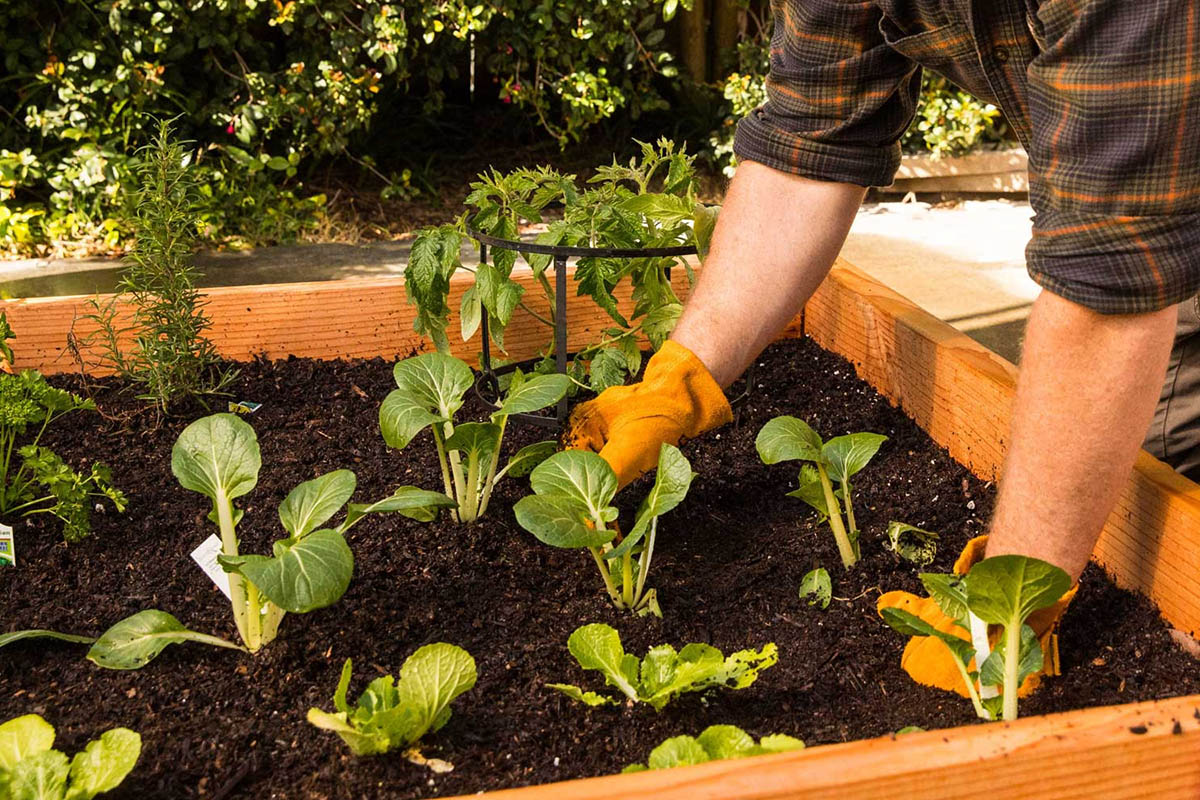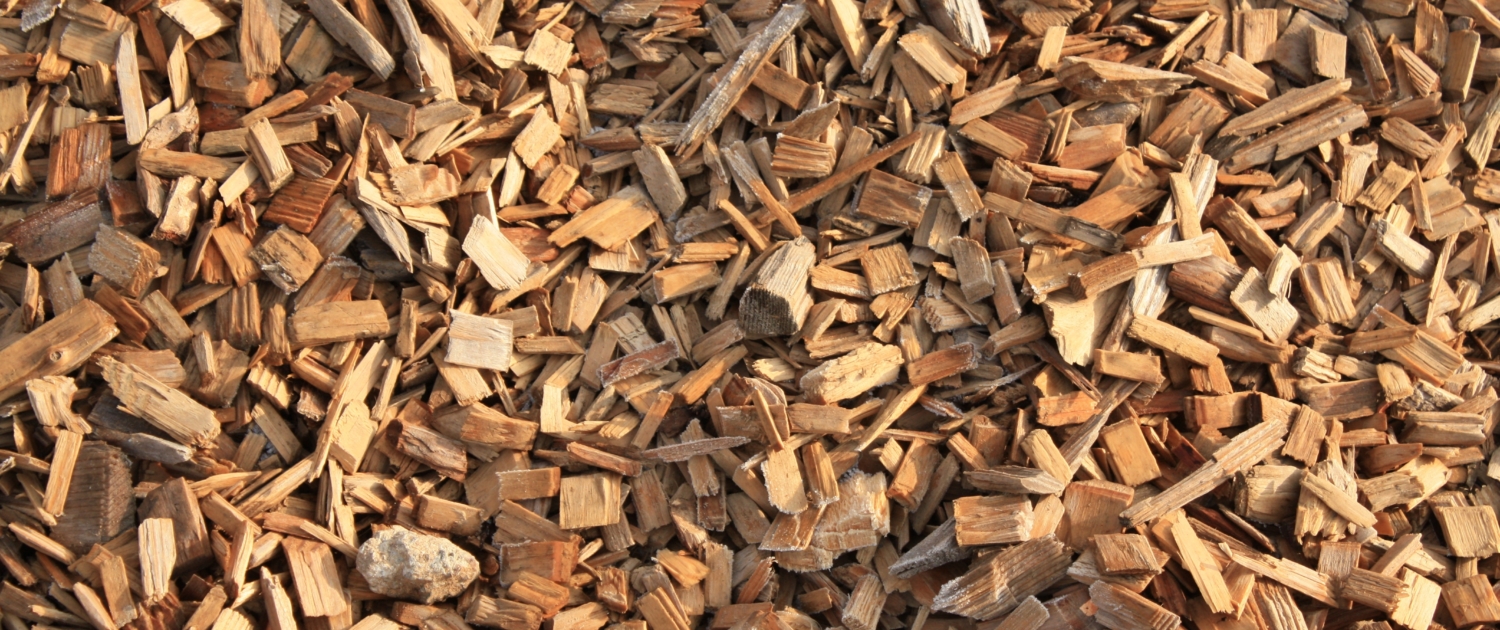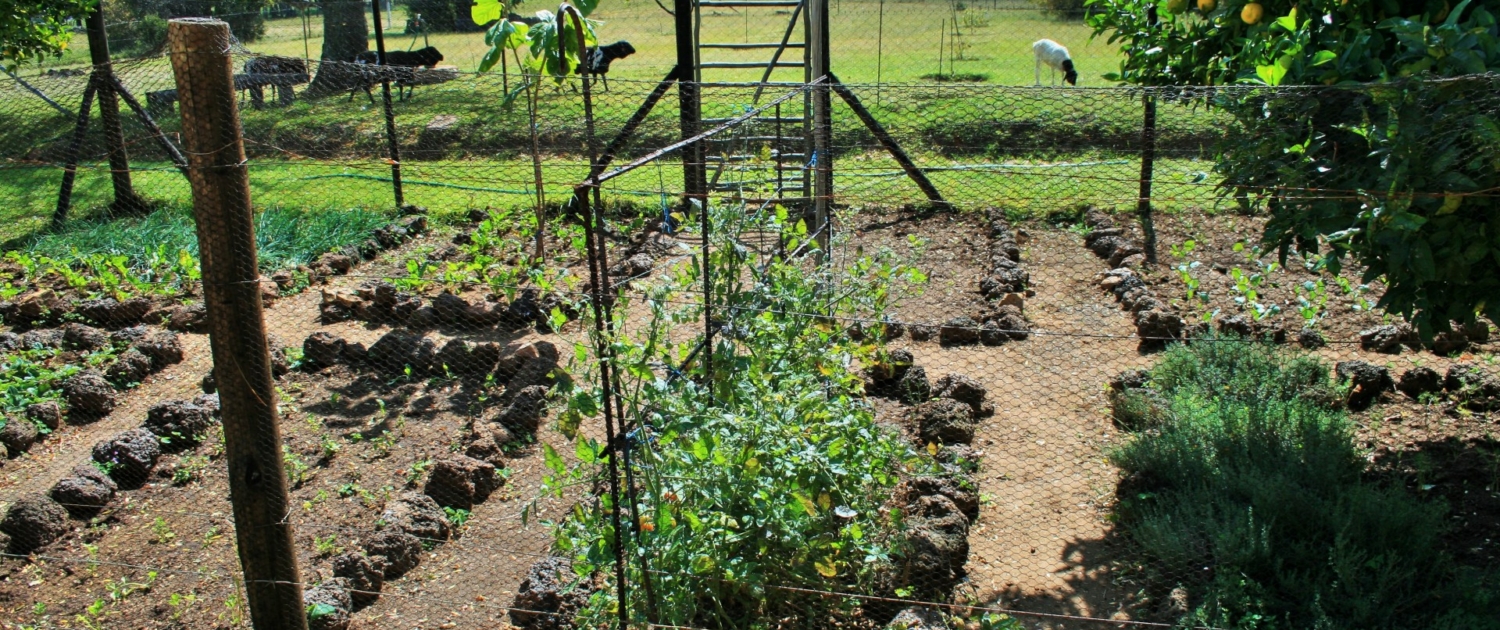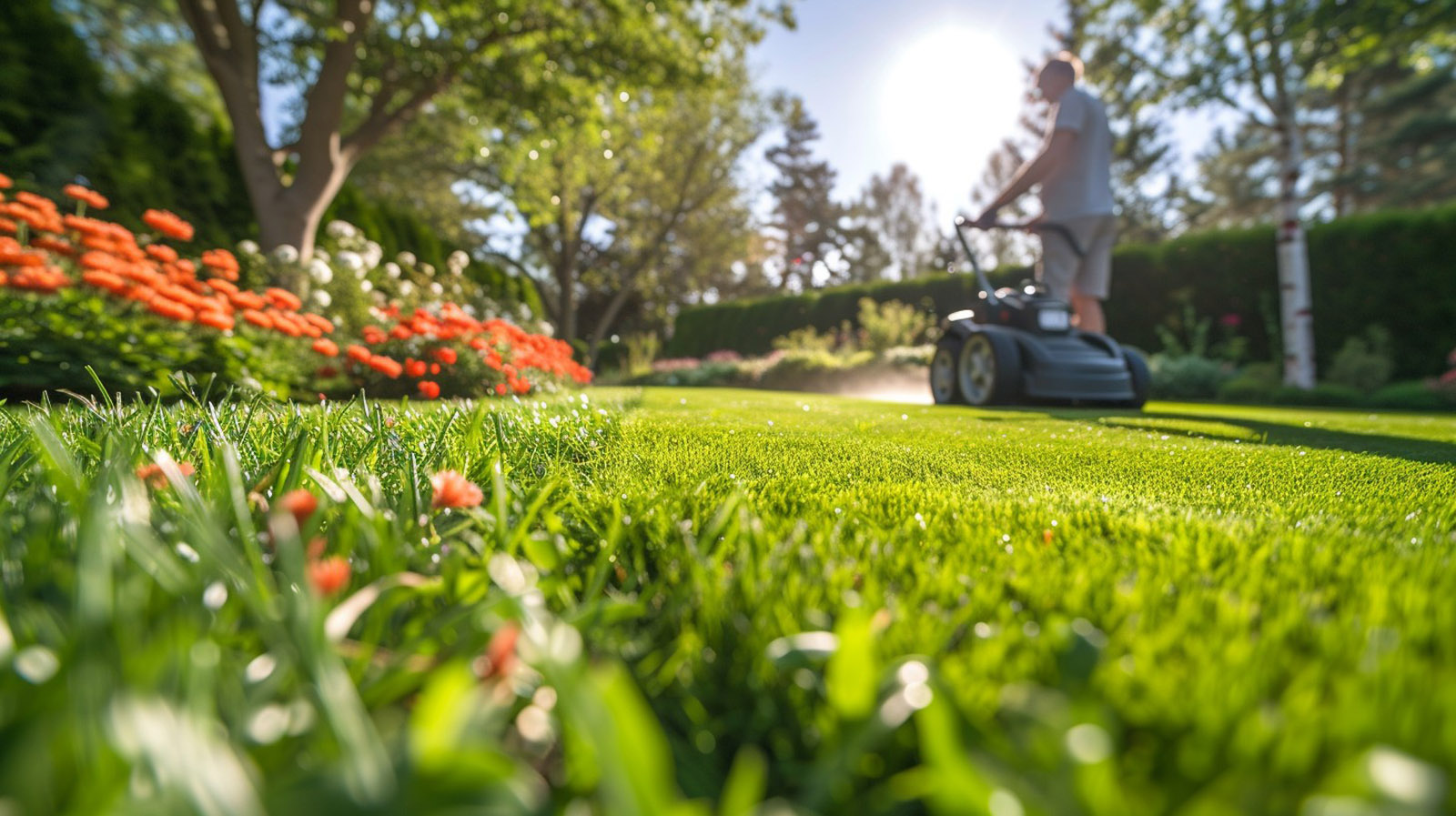
Bark mulch is not just a functional addition to your garden beds; it’s also a vital component in maintaining soil health, moisture retention, and aesthetic appeal. Whether you’re a seasoned gardener or new to the world of landscaping, preparing your garden beds for bark mulch involves several key steps to ensure optimal results. Here’s a comprehensive guide to help you get started, using practical tips and expert advice.
Clearing the Garden Beds
Before applying bark mulch, it’s essential to start with a clean slate. Remove any existing mulch or debris from the garden beds. This includes weeds, old mulch that has decomposed, leaves, and other organic matter. Clearing the beds thoroughly prevents competition from weeds and ensures the mulch can provide maximum benefits to your plants.
Weed Control
Addressing weeds is crucial before laying down bark mulch. Remove any visible weeds and their roots to prevent them from growing through the mulch later on. Consider using a garden hoe or hand tools to carefully extract weeds, ensuring you get to the root system to minimize regrowth. Weed fabric or landscaping fabric can also be laid down as a barrier under the mulch to further deter weed growth, although this is optional depending on your preference and the type of garden bed.
Soil Preparation
Healthy soil is the foundation for thriving plants. Before applying bark mulch, take the opportunity to amend the soil if necessary. This might involve adding compost or organic matter to improve soil structure and fertility. Work the amendments into the top layer of soil using a garden fork or tiller, ensuring they are well-integrated and evenly distributed throughout the garden beds.
Leveling and Smoothing
Once the soil is prepared, use a rake to level and smooth the surface of the garden beds. This step helps create a uniform base for the bark mulch application and ensures an even distribution across the beds. Pay attention to any low spots or uneven areas, leveling them out to promote consistent moisture retention and aesthetic appeal.
Choosing the Right Bark Mulch
Selecting the appropriate type of bark mulch is crucial for achieving your desired landscaping goals. Bark mulch comes in various sizes, colors, and compositions, each offering unique benefits. Consider factors such as moisture retention, weed suppression, and visual appeal when choosing between shredded bark, bark nuggets, or pine bark mulch. The choice of mulch can also influence the pH of the soil over time, so be mindful of your plant’s specific requirements.
Applying Bark Mulch

How to Prepare Your Garden Beds for Bark Mulch
When applying bark mulch, aim for a thickness of 2 to 4 inches evenly spread across the garden beds. Avoid piling mulch against the stems or trunks of plants, as this can lead to moisture retention issues and potential pest problems. Maintain a gap of a few inches around plant bases to allow for airflow and prevent rotting. Use a rake or garden shovel to distribute the mulch evenly, ensuring it covers the soil surface effectively.
Mulch Maintenance
Once the bark mulch is applied, it requires minimal maintenance to keep your garden beds looking their best. Periodically fluff or stir the mulch to prevent compaction and encourage air circulation. This helps maintain its appearance and effectiveness in retaining moisture and suppressing weeds. Additionally, monitor the mulch layer throughout the season and replenish it as needed to maintain the desired thickness and benefits.
Watering and Soil Moisture
Proper watering is essential to ensure the bark mulch performs its role effectively. Water the garden beds deeply after applying mulch to help settle it into place and enhance moisture retention in the soil. Monitor soil moisture regularly, especially during hot and dry periods, to ensure your plants receive adequate hydration. Bark mulch helps regulate soil temperature and moisture levels, contributing to healthier plant growth and reduced water consumption.
Visual Appeal and Longevity
Beyond its functional benefits, bark mulch enhances the aesthetic appeal of garden beds by providing a neat and tidy appearance. Choose a mulch color that complements your plants and overall landscape design, creating a cohesive and visually appealing outdoor space. With proper maintenance and replenishment, bark mulch can last for several years, providing long-term benefits to your garden beds and reducing the need for frequent soil amendments.
Environmental Considerations
Lastly, consider the environmental impact of using bark mulch in your garden beds. Opt for mulch sourced from sustainable forestry practices or recycled materials whenever possible. This supports responsible land management and reduces waste while enhancing the health and biodiversity of your garden ecosystem.

How to Prepare Your Garden Beds for Bark Mulch
In conclusion, preparing your garden beds for bark mulch involves thoughtful planning and attention to detail. By following these steps and guidelines, you can create a healthy and vibrant garden environment that promotes plant growth, conserves moisture, suppresses weeds, and enhances the overall beauty of your outdoor space. For more tips on garden maintenance and landscaping, continue to explore resources and insights that align with your gardening goals and preferences.

